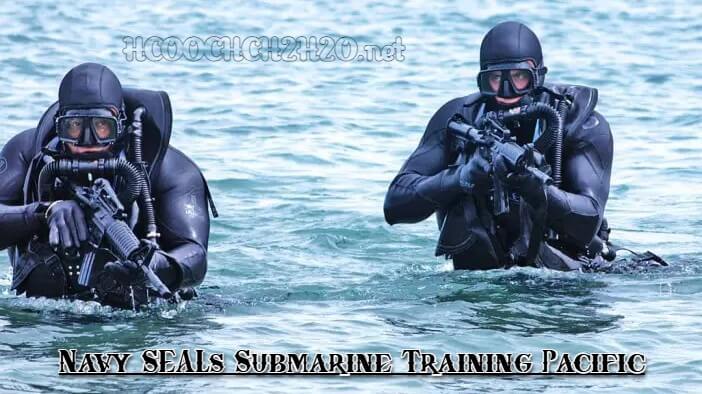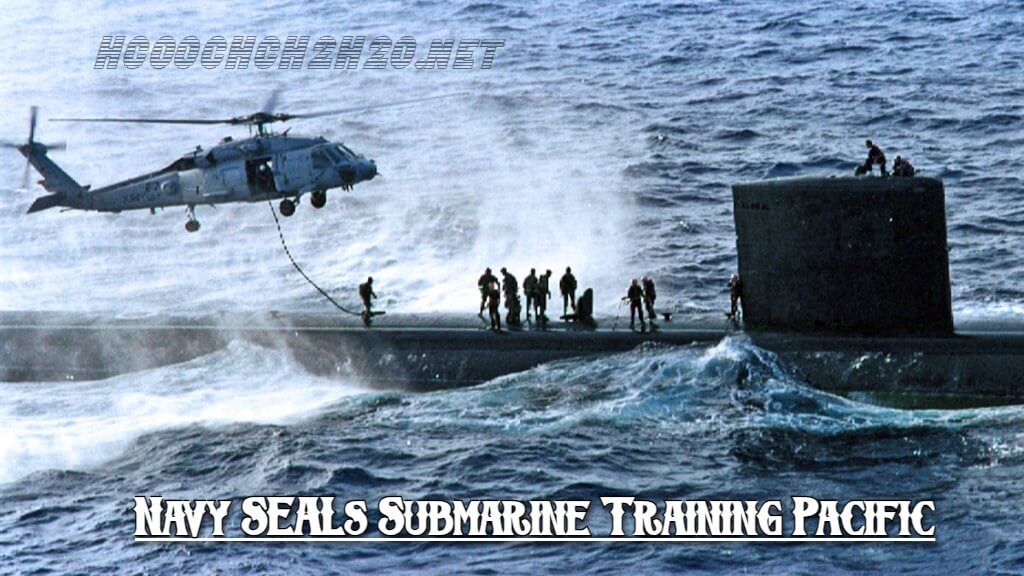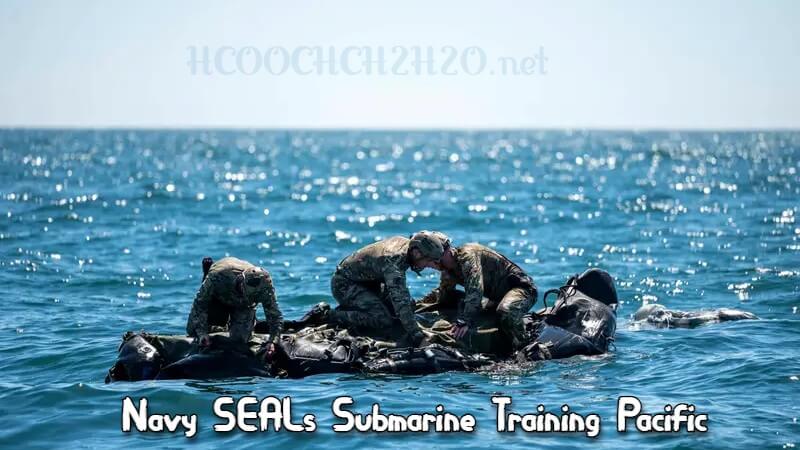
Navy SEALs Submarine Training Pacific: Inside the Mission
Table of Contents
ToggleIntroduction
Navy SEALs Submarine Training Pacific is one of the most secretive and intense military training programs in the world. This underwater mission training teaches elite soldiers to survive, operate, and succeed under extreme ocean conditions.
The Pacific Ocean is massive, deep, and unpredictable—making it the perfect place for real-world combat simulations. SEALs must master stealth, teamwork, and survival before they are ready for high-risk submarine missions.
What Is Navy SEALs Submarine Training Pacific?
This program prepares Navy SEALs to work with submarines and launch missions directly from underwater. It includes long dives, escape drills, and practicing in dark, high-pressure ocean zones.
Training often begins from inside a submarine and ends miles away on a beach, harbor, or enemy target. SEALs must swim in silence, carry gear, and arrive unnoticed.
Why the Pacific Ocean?
The Pacific Ocean is ideal because of its size, strong currents, and deep waters. It’s a realistic setting for the types of missions SEALs face worldwide.
Conditions can quickly shift, forcing SEALs to adapt and stay sharp. From cold water to huge waves, the Pacific tests their mental and physical toughness.
Life Aboard the Submarine

Submarines are tight and silent. SEALs train to live and work in small spaces without making noise.
There is no natural light, and movement is limited. Every step inside the submarine has to be careful and quiet to avoid detection.
SEAL Delivery Vehicle (SDV) Training
The SEAL Delivery Vehicle is a mini-submarine that SEALs use to reach target zones undetected. It carries two to six SEALs along with mission gear.
SDV training is a key part of Navy SEALs Submarine Training Pacific. SEALs learn to steer, navigate, and exit the vehicle while underwater.
Underwater Navigation and Stealth
Stealth is a major goal in every submarine-based SEAL mission. SEALs must enter enemy waters and leave without being seen.
They learn to move without bubbles, avoid sonar, and use underwater maps and compasses to stay on course.
Night Training in Cold Waters
SEALs often train at night when the ocean is colder and visibility is low. The goal is to mimic real missions that happen under the cover of darkness.
This helps SEALs get used to operating without sight and relying on sound, instinct, and team signals.
Teamwork and Communication
Underwater missions require perfect teamwork. SEALs use hand signals, light flashes, and sound codes to talk without speaking.
Even in dangerous moments, communication must stay calm and clear. Each team member must trust the others with their life.
Emergency Scenarios and Problem Solving
Navy SEALs Submarine Training Pacific includes crisis drills such as running out of air, equipment failure, or getting separated.
SEALs are trained to stay calm and solve problems under pressure. They rehearse every worst-case scenario to stay ready in real combat.
Preparing for Combat Zones
The training also includes setting underwater charges, climbing onto ships, and marking landing zones. SEALs may carry out surveillance, capture missions, or demolition tasks.
The ocean gives them the element of surprise. With the submarine as their base, they can strike without being seen.
Physical and Mental Challenges

The Pacific’s deep, cold waters demand strong bodies and sharp minds. SEALs train in long swims, breath-holding, and underwater endurance.
But mental toughness is just as important. Fear, fatigue, and isolation are part of the experience, and SEALs must learn to push through.
Coordination With the Submarine Crew
The success of submarine missions depends on teamwork between SEALs and Navy submariners. Timing is critical for launch and recovery.
They practice perfect entries and exits. One mistake can mean the loss of stealth—or even lives.
Real Missions Start With Training
Many real SEAL missions begin exactly how they train—in a submarine in the middle of the ocean. These missions include hostage rescues, intelligence gathering, and secret strikes.
Thanks to Navy SEALs Submarine Training Pacific, SEALs are ready for real-world action in any part of the world.
Technology in Submarine Training
Modern submarine training uses sonar, night vision, underwater GPS, and even AI tools. These help SEALs plan, practice, and track performance.
They also use simulation software to recreate missions and improve their decision-making skills.
From BUD/S to the Pacific
Before reaching submarine training, every SEAL must pass Basic Underwater Demolition/SEAL (BUD/S) training. This includes hell week, long runs, ocean swims, and obstacle courses.
Only a small number graduate from BUD/S. From there, they advance to specialized programs like submarine training.
Stories From SEAL Veterans
Many retired SEALs say that submarine training was one of the hardest but most rewarding parts of their career. They describe long hours in freezing water and silent missions under pressure.
Some share that their training in the Pacific helped them survive real missions in war zones.
Why Submarine Missions Matter
Submarine-based SEAL missions offer major advantages. They allow surprise attacks, silent entry, and safer retreats.
From North Korea to the Middle East, SEALs have used the submarine tactic in many critical missions. It remains a key tool in U.S. military strategy.
SEALs and National Security
SEALs trained in submarine operations protect national interests around the globe. Their missions help prevent war, gather intelligence, and stop threats before they grow.
These warriors operate in the shadows—but their impact is felt worldwide.
Looking Ahead: The Future of SEAL Submarine Training
The Navy is working on new technologies like underwater drones and smarter submarines. These tools will make future missions faster and safer.
Navy SEALs Submarine Training Pacific continues to evolve, preparing the next generation of SEALs for new threats and challenges.
Final Thoughts
Navy SEALs Submarine Training Pacific is not for everyone. It takes unmatched strength, courage, and teamwork to complete this program.
But those who do are ready for anything—quietly defending freedom, one mission at a time, deep beneath the ocean’s surface.
You may also like
You may be interested
SFDC: Transforming Customer Relationships with Cloud Tech
Introduction SFDC, short for Salesforce.com, has revolutionized the way businesses...
Sad Shayari: Heartfelt Poetry to Express Your Deep Emotions
Introduction Sad Shayari is an emotional form of poetry that...
Top 10 Napkins for Parties, Weddings, and Events
Introduction Napkins are a small but essential detail for any...
Leave a Reply